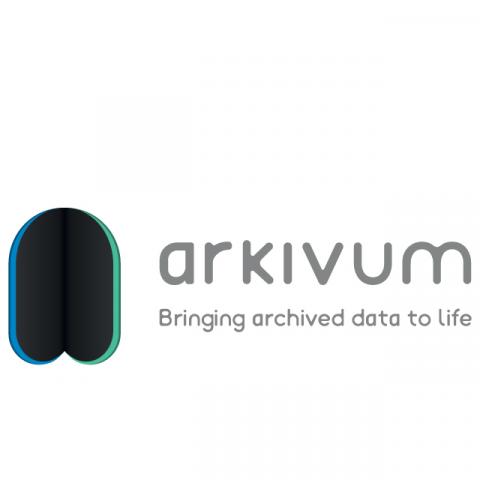- About
- The PCP
- R&D
- Tender
- The Solutions
- Early Adopters
- Events
- News


The Proposed Solution
Arkivum and Google are designing and building a solution for long-term data management and online access to address the challenges of how cloud-hosted services can be used to store, manage, preserve and provide access to petabyte-scale datasets. The solution is designed to support research-intensive organisations that are increasingly generating very large datasets from a range of sources, that need to be captured, ingested, digitally preserved and made accessible for others to use for the future. The solution will be deployed onto the Google Cloud Platform.
The solution focuses on archiving using Trusted Digital Repository techniques and ensuring data is Findable, Accessible, Interoperable and Reusable (i.e. adhering to the FAIR principles). The emphasis of the development is on cost-effective archiving and preservation that can meet the very large data volumes and high ingest rates from organisations such as CERN, DESY, EMBL-EBI and PIC. Understanding the specific requirements of each different domain and providing the appropriate solution constitutes the added value of Archivum solution.
The R&D potential
- Using Google Cloud Platform (GCP) for a high speed ingest and access, and also the ability to host and run scientific applications against the very large dimensions of datasets.
- Using digital preservation and data archiving services to meet the requirements for OAIS and to provide organisations with a hosted solution for operating their Trusted Digital Repositories.
- Ensuring that research data can be described, organised, sliced/diced, tagged and published in a flexible way that meets FAIR principles.
- Total Cost of Service models to optimize it against data volumes, access frequencies, data safety, data processing and retention periods.
- Use of open standards, open specifications, open-source and open APIs for high-level portability, interoperability, exit strategies & avoiding solution lock-in.
- Detailed models and commercialisation plan, including Service Level Agreements, User Support, Licensing, Service Configuration and Pricing for new commercial services based on ARCHIVER: this is a crucial element to be provided to the Buyers Group, the European Open Science Cloud (EOSC) and beyond.
Architecture Overview
The Archivum solution, partnering with Google, will deliver the full ARCHIVER requirement stack. (see the 4 Layers here). The overall architecture is composed of micro-services to scale to multi-petabyte volumes of billions of objects, consisting of a service-oriented SaaS stack deployed on Google Cloud Platform (GCP) that addresses all four layers of ARCHIVER as described below. The solution can also be deployed on-premises or in a hybrid cloud configuration.
Comparison between the levels of R&D before and after the introduction of ARCHIVER solutions (January 2021)
Baseline before ARCHIVER |
ARCHIVER R&D |
|---|---|
Storage/basic archiving/secure backup
|
Tens of PBs of scientific data volume with linear growth over the years. Demonstration of support of multiple tenancies with data and access isolated is required. Sustained data ingest rates capabilities from 1-10 GB/s. |
Preservation
|
Support of High level of redundancy, strong disaster recovery mechanisms, long-term planning for decades and active monitoring of data integrity in order to detect unwanted changes such as file corruption or loss. Best practices foreseen in CoreTrustSeal in terms of self-assessment. |
Baseline user services
|
Support tools for search, look up or filter potential datasets rapidly, to access dataset metadata and decide on its relevance (e.g. citation purposes or reusing a dataset). |
Advanced Services
|
Prototype demonstrators of full reproducibility of services (initial examples are database services and/or software distribution services) on top of the resulting supported data archives. Ability to run additional scientific |
Watch the interview with Chris Sigley (ARKIVUM)



